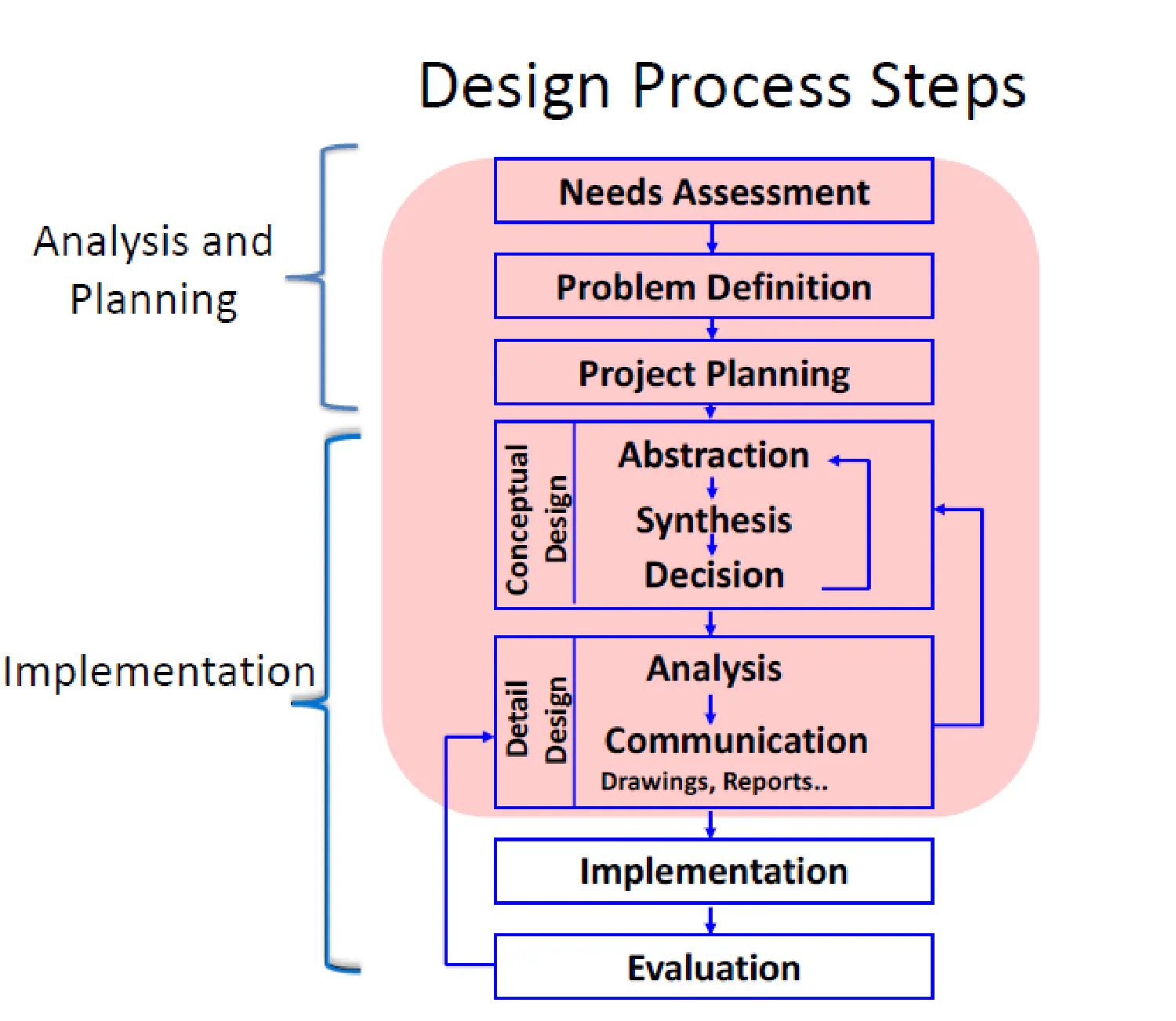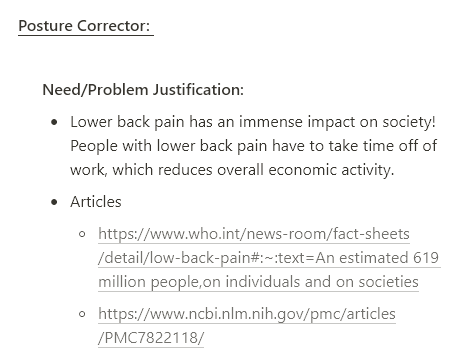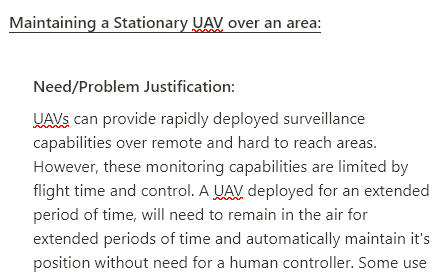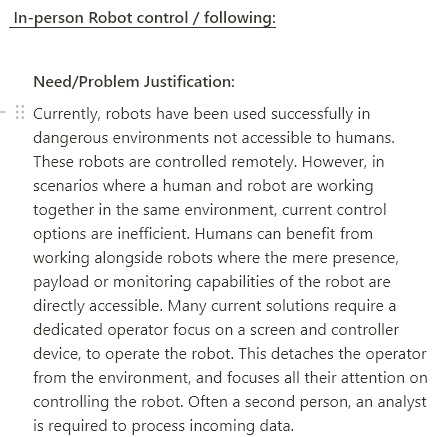Searching for Problems...

How to find problems? It’s not easy!
Posted 2023-09-19 | Previous Post: Forming the team! | Next Post: Evaluating Expert Feedback and Market Solutions
Every project starts with a planning phase, and engineering design is no different. Often the way we structure brainstorming sessions has a large influence in the ideas that we generate, therefore keeping true to form was key in making sure we found success.
Everyone, in one way or another, is a consumer. It should therefore not be surprising that some of the most popular ideas are “consumer-oriented”, because we draw inspiration from the things that affect us in our day to day. Our team members come from diverse backgrounds, with different hobbies, interests and skills that guided our problem search. At first, it seemed daunting, as our initial ideas were very different from each other. It was important at this stage to not say “NO!”, as every idea shared was a potential seed for our final decision, and at the very least would give each member important insight into the subjects and themes we were most interested with.
Many ideas consisted of “solutions” in search of a problem. This is a common pitfall when looking to find problems, as people tend to think of solutions for things they see in their day to day life, without properly defining the core problem they wish to solve. A common saying is: ‘Wouldn’t it be cool if…’, and this is always the start of a bad idea! To stay on form, and follow the proper design process, we needed to truly deconstruct our ideas and observe every possible angle for what we may have misunderstood or incorrectly assumed. Heated debate among members, sharing key insights and concerns about problems left the team without many solid leads, but we all acknowledged that even if we couldn’t see it yet, our progress towards finding viable solutions was forming.
Searching the web, collecting a list of news articles and taking notes during our team meetings consisted of the main supporting activities as we searched for our short-list of possible problems. Within a week, we were able to settle on three core problems that different team members had personal interests/connections, and the required domain knowledge to get us started on our path towards finalizing our project goal.
Among our top three problems identified, were back-pain experienced from bad posture, improving humain-UAV control ergonomics/reliability and remote-area surveillance for search and rescue operations. From these three options, we would need dive even deeper, and create industry connections to expand our technical background into each of these subjects, before moving forward.



